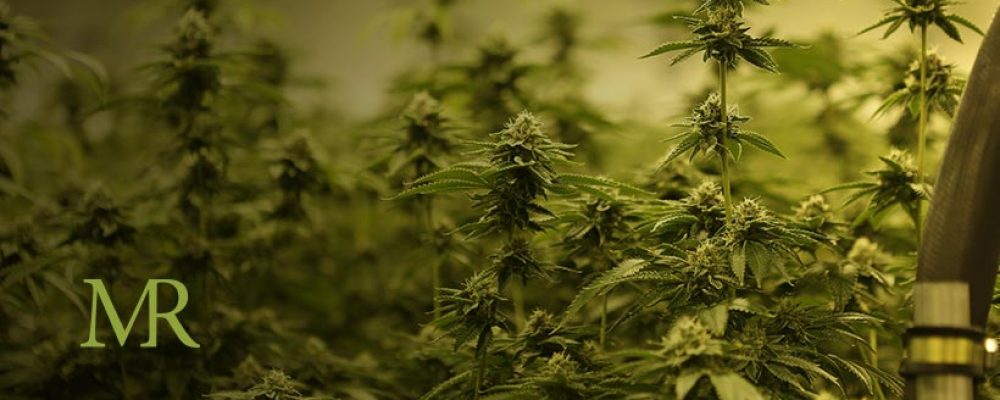Commercial agriculture can be a regulatory minefield for farmers, all the more so when it concerns cannabis cultivation given its recently legalized status in many states and the heavy scrutiny the plant is subjected to.
Marijuana cultivators in states that have recently legalized cannabis, at least, have the benefit of learning from the mistakes of farmers in more established marijuana markets when it comes to ensuring regulatory compliance. With these lessons in mind, here are three crucial points to follow to help keep state and federal regulators off your back.
1. Make sure you fully understand regulatory compliance laws
The first and most important step toward ensuring your commercial marijuana grow operation is compliant is to understand your state’s cultivation laws inside out. These regulations will also largely determine how you set up, operate and manage your facility so it’s crucial to understand them before making any big investments. For instance, what are the safety and testing requirements at each stage of the grow and manufacturing process?
Ensuring you know your stuff will also put regulators, auditors, lawyers and police officers at ease in their dealings with you, which ultimately means less stress for everyone involved.
Once you fully understand the regulations and your operation is compliant, you can then look into further measures you can put in place to avoid any potential regulatory surprises, such as introducing nonregulatory testing. This essentially just means conducting in-house, or on-site, tests so that you, and your clients, have greater confidence that all is running well. Doing this is expensive, however, and not mandatory so is perhaps an option several years down the line. Of more urgency, perhaps, is finding and developing a good relationship with a third-party laboratory that would test your products and vouch for their safety.
2. Establish and refine your standard operating procedures
Perhaps the strongest line of defense against lawsuits claiming some form of regulatory failure is to have detailed standard operating procedures (SOPs) in place that cover all the steps in the production process. For instance, how a clone plant is cut and transported, what equipment and materials are used, what documents or other paperwork you have to verify this etc.
This can be a daunting task for a new cultivation facility that may not even exist yet. But if you start small and begin with the more general procedures, you can add to and refine your SOPs as your business grows and becomes more complex. This also means continuously training and assessing your staff to make sure they’re familiar with the SOPs and any changes that have been made.
3. Have an efficiently designed facility
One of the biggest risks facing marijuana cultivators is cross-contamination, and the best way to minimize this risk is to have a well-designed facility.
For instance, it’s important to consider the workflow throughout your facility as determined by the production process. Don’t allow for workers to pass from contaminated areas into sterile zones. Make sure wash stations are where they need to be.
More generally, don’t underestimate the storage space you need at each stage of a plant’s growth. Overcrowding creates a breeding ground for cross-contamination.
If you keep these three points in mind when doing your own regulatory research, you’ll be on your way to developing a safe and trusted cannabis cultivation site, and avoid the hefty fines and license revocations that noncompliance can entail.


